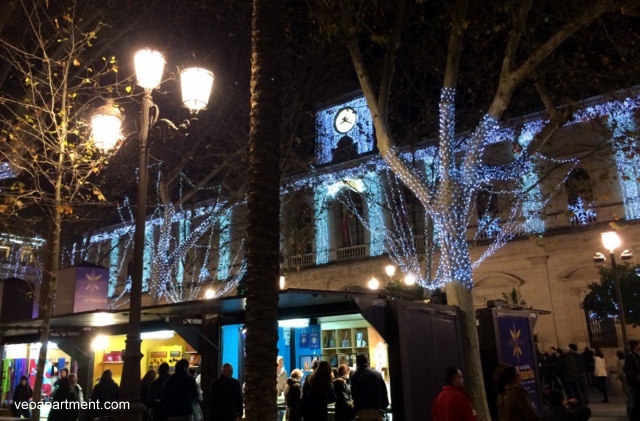 Artisan market and City Hall lights
Artisan market and City Hall lights
Yes, it’s that time of year again. And as the weather closes in and the shops fill up with too many people, maybe you should be thinking about doing Christmas somewhere else this year. Like Seville.
So why Seville? Well, for a start, it’s warmer. It’s not exactly beach weather, but it is one of the warmest places in Europe at this time of year. It’s also one of the most welcoming and festive, and whether you’re a resident or visitor there’s always something to see or do. In some ways it’s quite like many other cities. From early December the city lights up, with Christmas lights in all the major squares and thoroughfairs. The shopping districts are crowded, too, especially in the evenings, and the singers of Christmas carols are out and about, adding to the general hustle and bustle. Fresh roasted chestnuts are a big thing here as well, and you can see the sellers with their little charcoal stoves on handcarts on every street corner, providing a little something to overcome the gentle nip in the air.
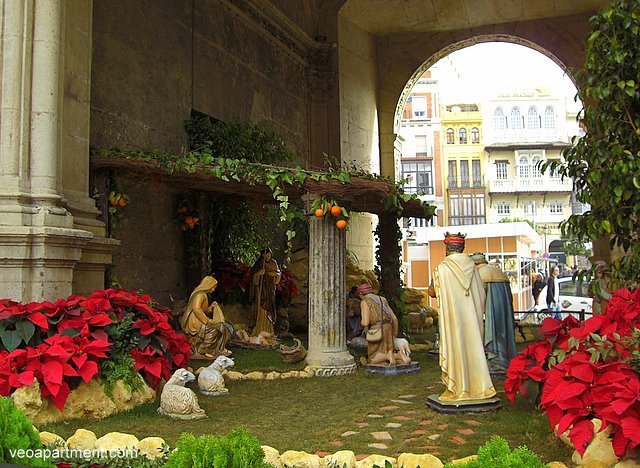 Belén (nativity scene) in the Arqillo de San Francisco
Belén (nativity scene) in the Arqillo de San Francisco
Some things are just that little bit different, though. One thing you’ll notice is the popularity of Nativity Scenes, called Belens (Bethlehems). Not only does almost everyone have one at home, they’ll also queue for hours to see the best public ones, which can be impressive. Check out the ones in the Cathedral, beside the Ayuntamiento, outside Corte Inglés and in the Cajasol building in Plaza San Francisco.
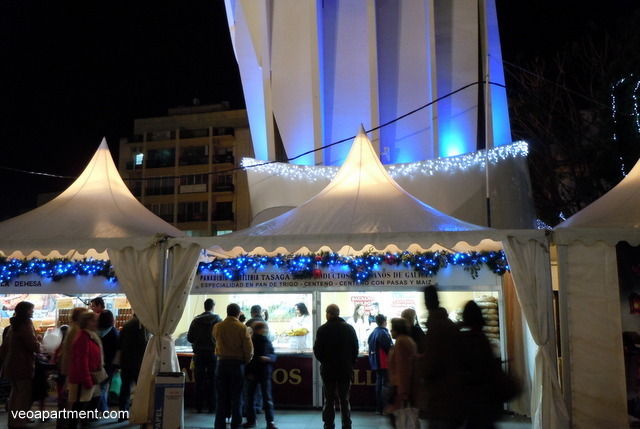 La Magia de Navidad
La Magia de Navidad
Perhaps because of the relatively mild, light evenings of southern Spain Christmas Fayres and markets are also a big thing in Seville. The annual Artesan market in Plaza Nueva and the Belen market next to the Cathedral are good for unusual presents, but there also the “Magia de Navidad” fayres around the Metropol Parasol and in the Alameda de Hercules, complete with donkey and rides, and fairground rides for the kids, as well as the stalls selling jewellery, leather goods and fast food. These last right through the holiday period to January 6, just before the children head back to school.
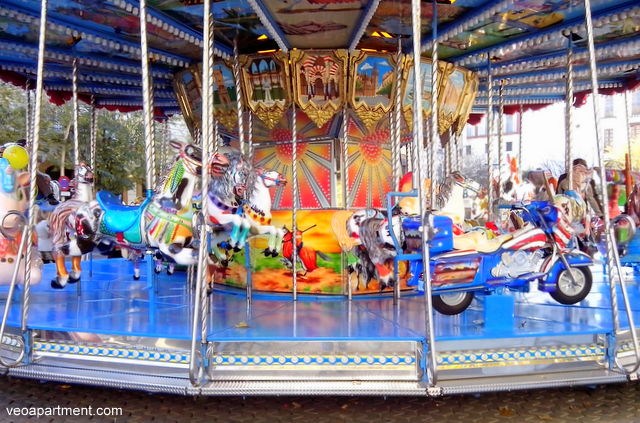 All the fun of the fair
All the fun of the fair
Perhaps the biggest difference of all, though, is that in Spain, the day for giving presents is not Christmas day (although it’s becoming more common these days), but Epiphany (January 6). This is, after all, the day when the three Wise Kings – Los Reyes Magos, Caspar, Melchior and Baltazar – brought their presents of gold, frankincense and myrrh to the infant Jesus. The day before there is a big parade through the streets, the Cabalgata de los Reyes, with the kings and their assistants on floats throwing sweets to the children. It’s one of the year’s most popular events and draws huge crowds.
Christmas Eve (La Noche Buena) and Christmas Day (Navidad) are for the family, and on Christmas Eve even the bars and restaurants are closed so that staff can enjoy the traditional Christmas Eve family meal at home.
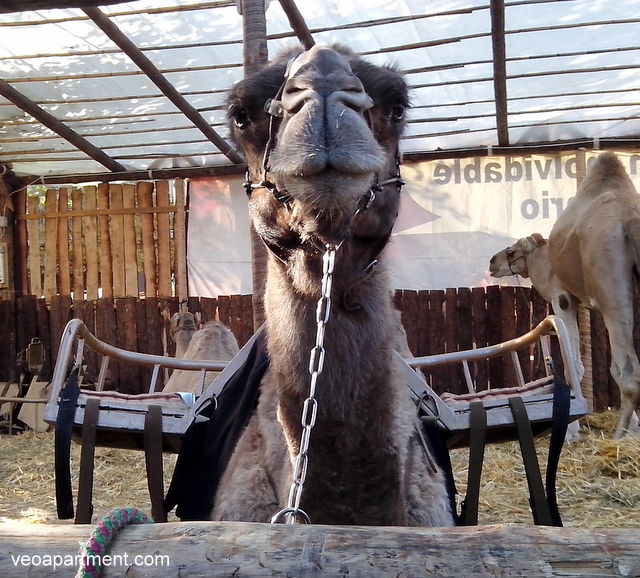 Anyone for a ride?
Anyone for a ride?
Other holiday season traditions include the Day of the Innocent Saints (December 28), the Spanish equivalent of April Fools Day, and the eating of twelve grapes while the bells chime for New Year. Finishing them before the bells stop brings good luck for the next year.
Whatever your requirements there’s still time to book a holiday apartment with us over the Christmas and New Year holiday.
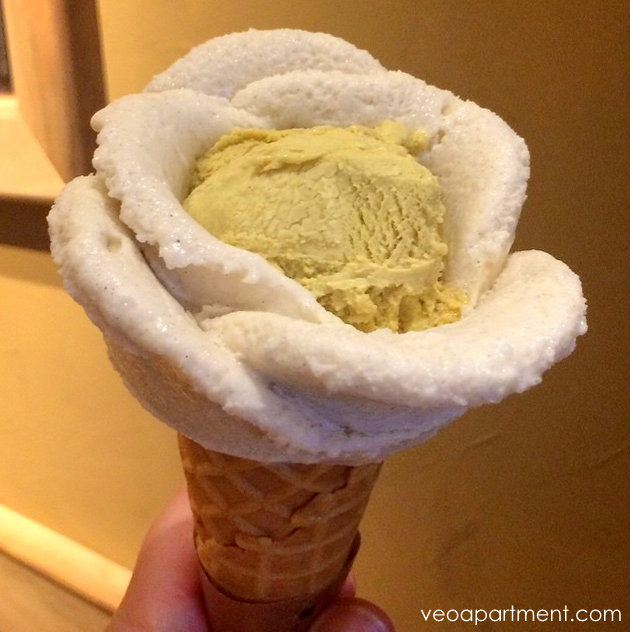
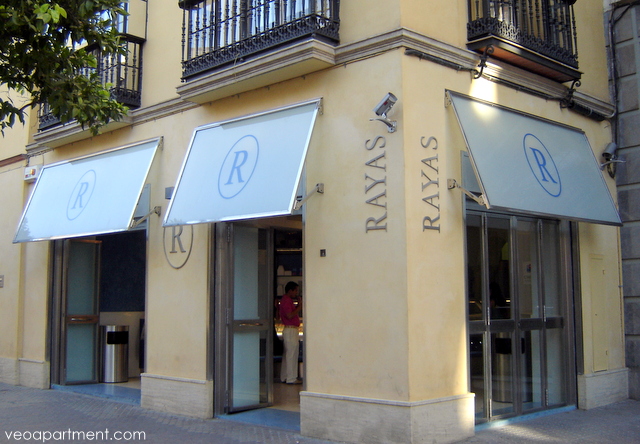
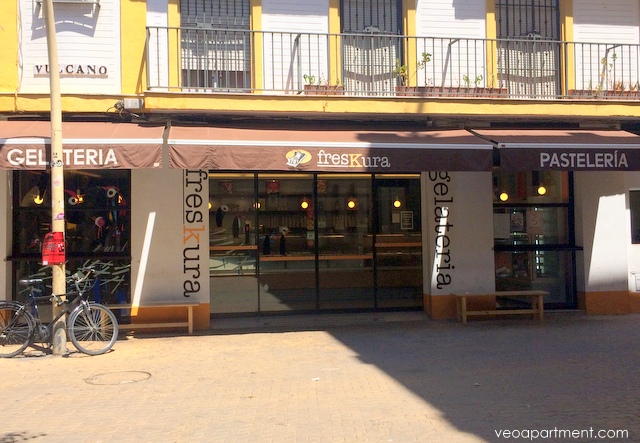
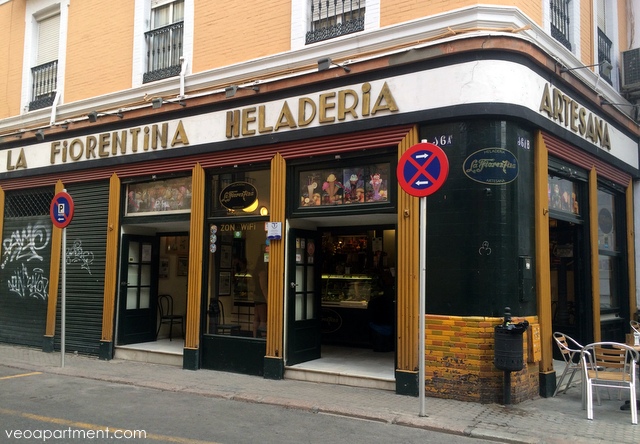
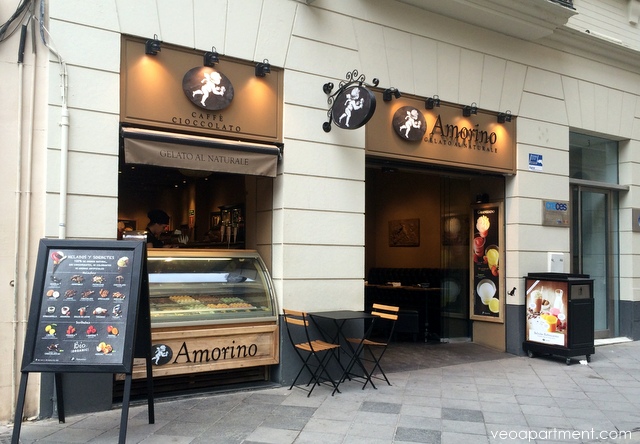
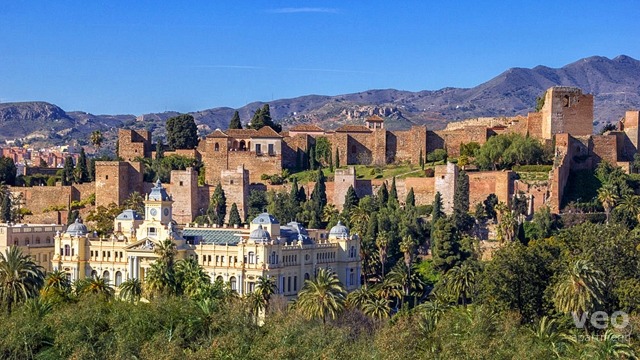
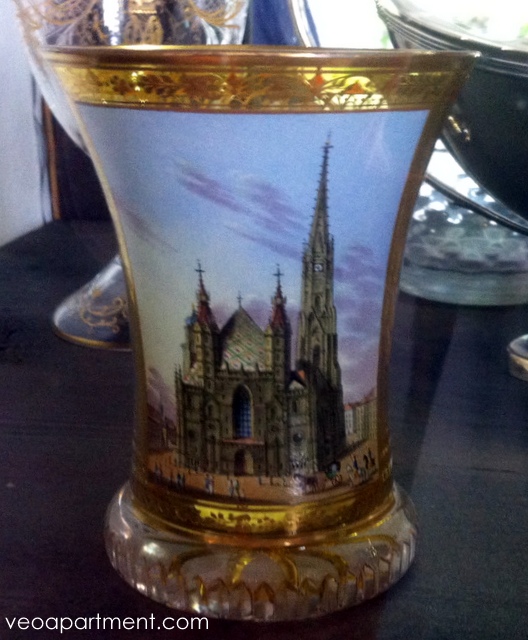
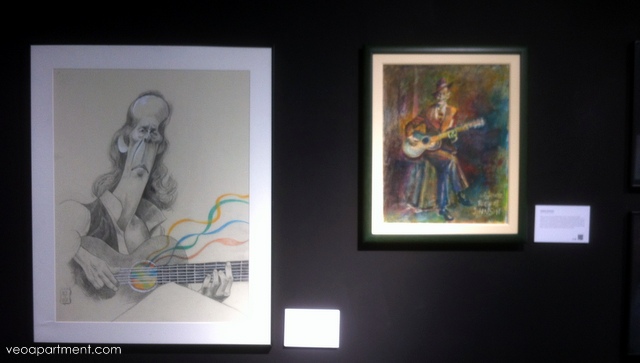

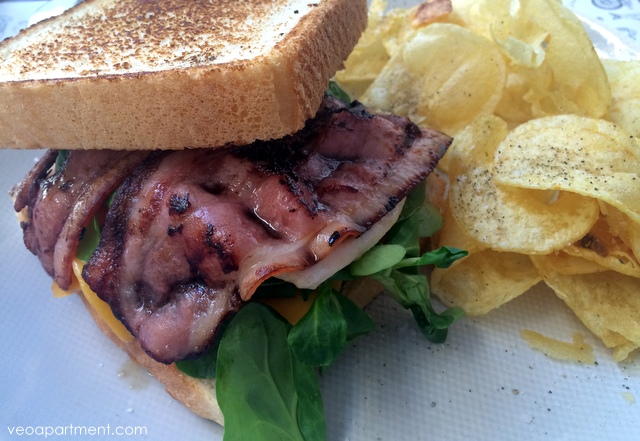
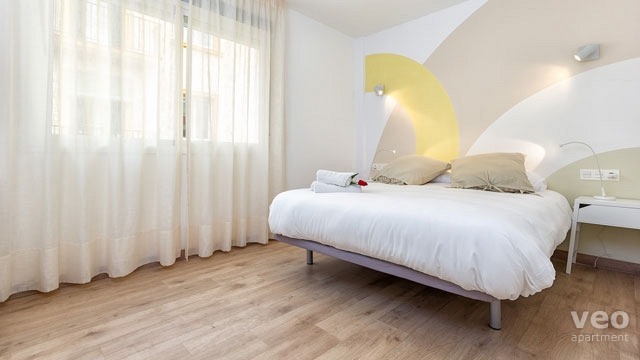
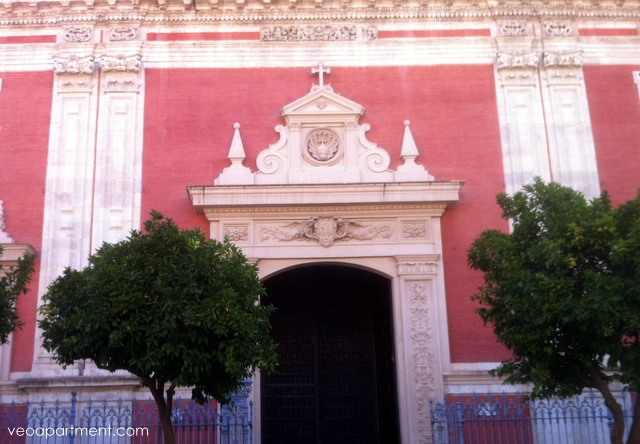
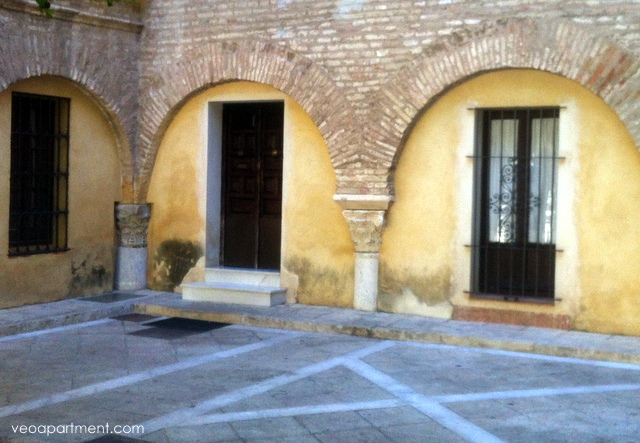
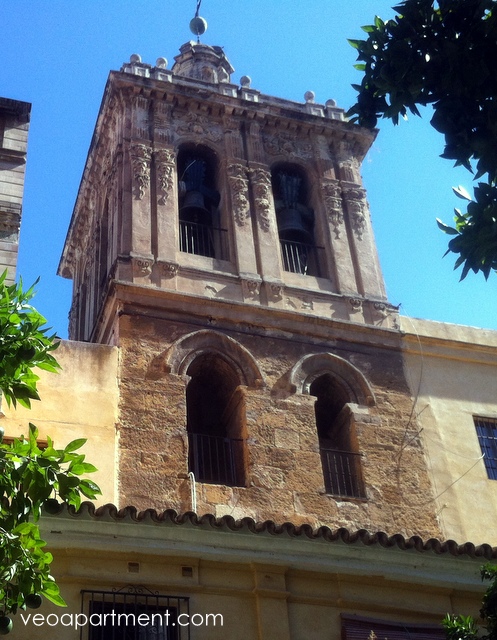
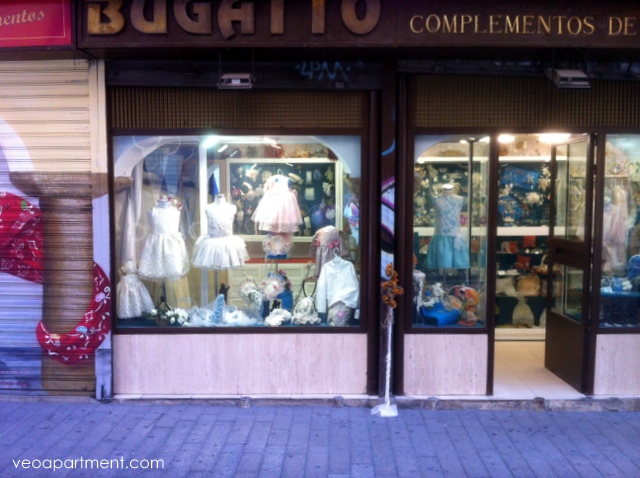
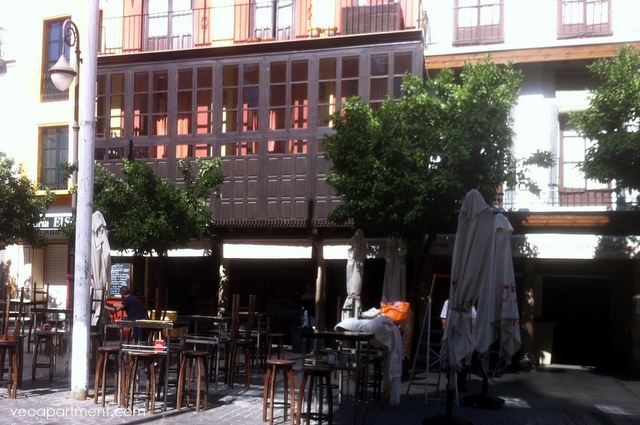
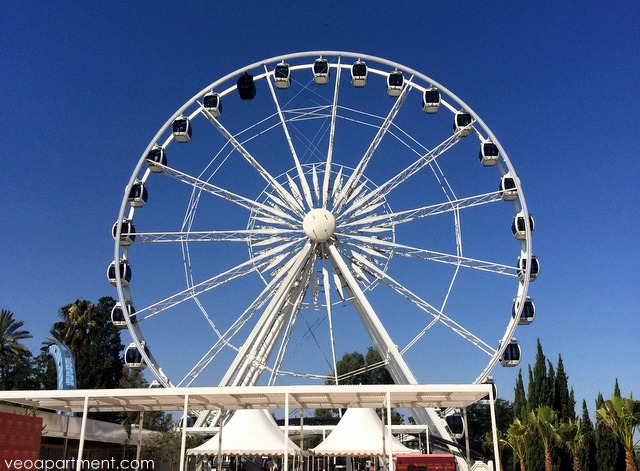
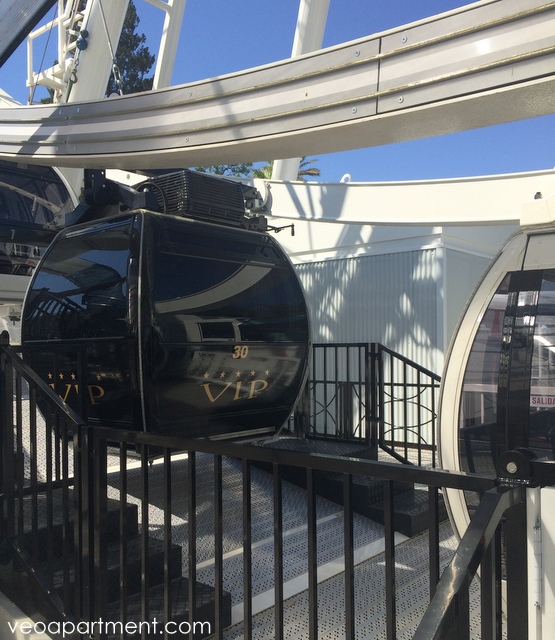 the VIP cabin
the VIP cabin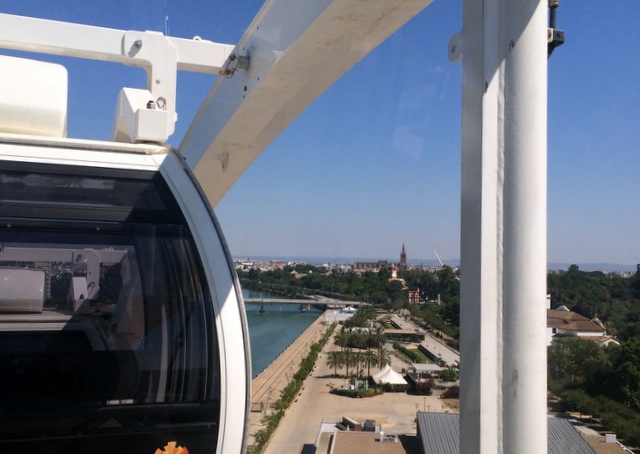 a different perspective of the Cathedral
a different perspective of the Cathedral